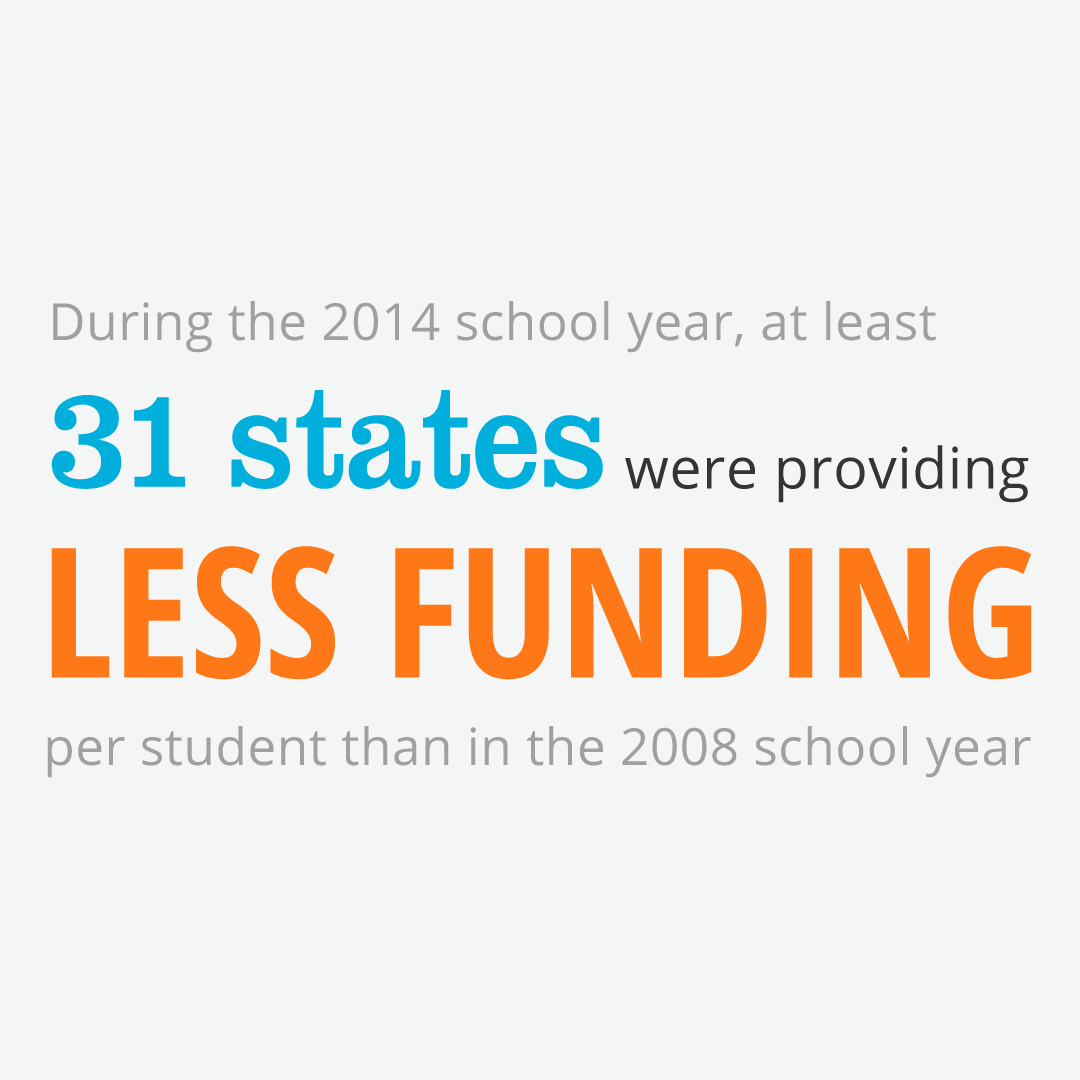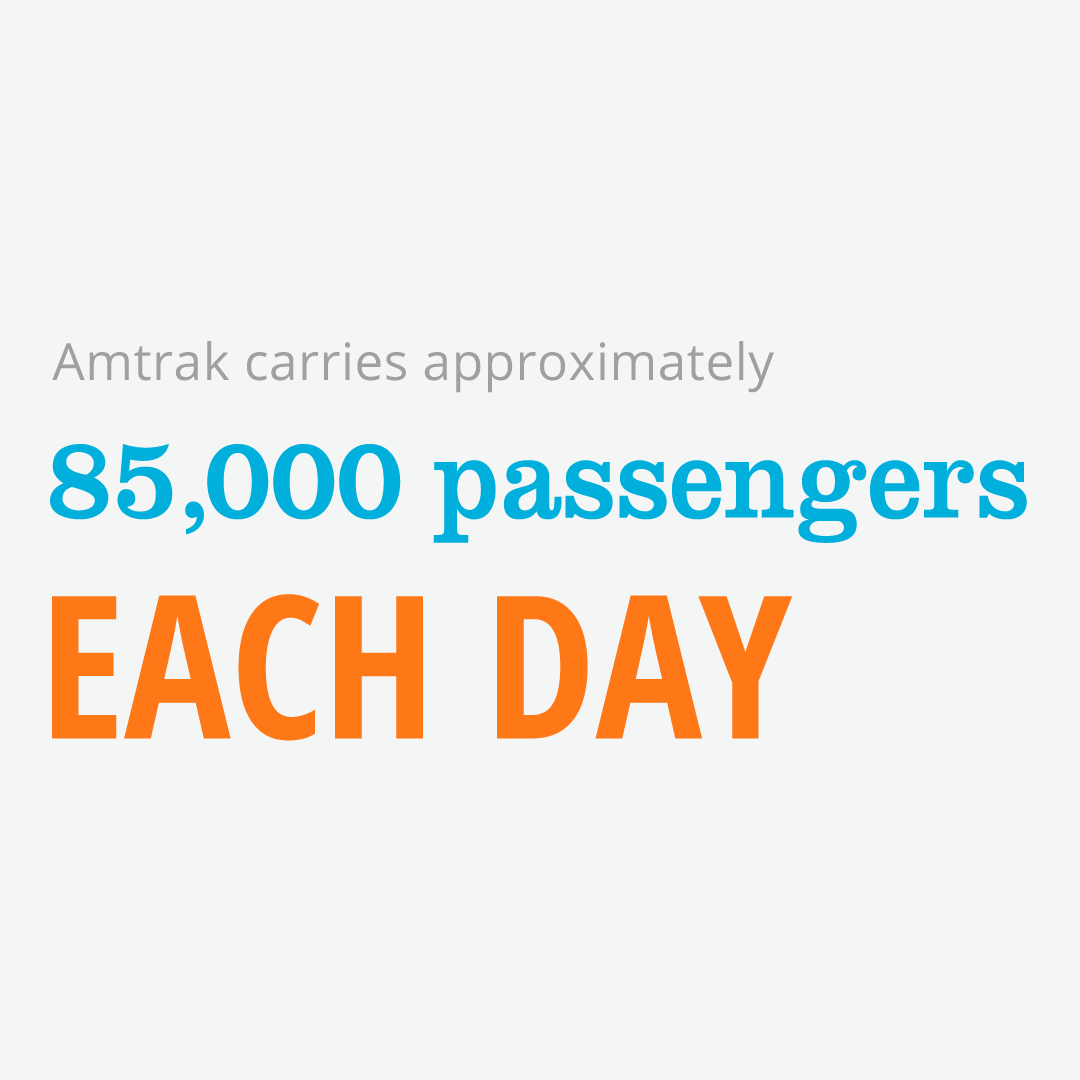Northeast Ohio Infrastructure Gets “D+”
The Cleveland Section of the American Society of Civil Engineers (ASCE) today released its 2019 Report Card for Northeast Ohio’s Infrastructure, grading seven categories of the region’s infrastructure, resulting in an overall grade point average of “D+” – which is the same overall grade the nation received in the 2017 Infrastructure Report Card. Overall, the region’s infrastructure is in poor to fair condition, with many elements approaching the end of their service life.
Civil engineers examined the state’s bridges (C-), dams (D+), drinking water (C-), energy (D), roads (D+), schools (D), and wastewater (D+). The Report Card was released at a press conference in Cleveland, Ohio. Guest speakers included Grace Gallucci, Executive Director of the Northeast Ohio Area Coordinating Agency; Michael Dever, the Director of Cuyahoga County Public Works; and Kyle Dreyfuss-Wells, the CEO of the Northeast Ohio Regional Sewer District. U.S. Senator Sherrod Brown (D-OH) gave video remarks.
Lake Erie, a major source of the region’s drinking water, also provides residents with recreation opportunities and influences the region’s climate. Drinking water (“C-”) received one of the highest grades, as quality in the region is high, which is keeping par with standards across the United States. However, population decline is impacting the region’s water infrastructure, as a decline in consumption is contributing to less revenue available to reinvest in the water system. The region’s population has not increased in over a decade. This impact means that there are fewer rate payers to support an aging infrastructure network.
Wastewater (D+) was one of the lower scoring categories in the 2019 Report Card. Much of the region’s wastewater infrastructure is aging, and approximately 25 percent of the sewer pipes in NEO are over 80 years old. There are over 5,000 miles of underground pipes, connecting homes and businesses to 45 publicly-owned wastewater treatment plants. On a dry day, capacity in the system is double the average daily volume generated. In Cuyahoga County, the report estimates that by 2040, the population will decrease by 13 percent, while surrounding counties will increase by seven percent. This outward migration may cause additional stress on existing rural and urban wastewater infrastructure. Additionally, many of Northeast Ohio’s septic systems require attention and approximately 39 percent of these septic systems are considered failing.
Energy and schools, each taking home the lowest grade of a “D” in the Report Card demonstrates the urgency to modernize the region’s infrastructure. One third of energy consumed in the region is generated outside the region, and the region’s aging distribution networks built in times of population expansion prior the 1960s require continuous care and improvement.
Estimates by the Cleveland Section of ASCE suggest that about half of the schools in the region have not undergone significant renovations over the past 40 years. The report also finds the resiliency of school buildings concerning. 91 percent of school buildings are designated to serve as emergency shelters, but most do not have backup power systems and are not constructed to withstand natural disasters common to Ohio.
NEO roads (“D+”) are seeing an uptick in traffic accidents. Notably, the report finds that road safety is of concern and requires attention. In 2017, there were 49,973 traffic accidents in the five-county region, including 166 fatalities. Additionally, the region faces a funding shortfall issue, particularly to address its future needs. Infrastructure challenges continue to limit the number of bridges which can be repaired or replaced as well as road maintenance.
The Report Card also offers solutions raise NEO’s grade:
- Increase the state gas and diesel taxes to pay for necessary road and bridge projects and ensure local governments receive adequate disbursements to maintain local surface transportation infrastructure. Ohio’s fuel taxes have not been increased since 2005.
- Make NEO more economically competitive by increasing investment in infrastructure across all sectors. Robust, sustained investment in our water and wastewater systems, energy grid, dams, roadways and more could slow the population decline.
- Invest in school facilities and train tomorrow’s workforce. Sufficient funding is required to repair and replace school facilities as the region prepares for its future.
- Raise awareness of the true cost of wastewater treatment. Utilize education programs to demonstrate wastewater infrastructure’s impact on Clean Water with implementation of programs to provide rate payers sense of ownership over wastewater infrastructure.
A full copy of the 2019 Report Card for Northeast Ohio’s Infrastructure is available at InfrastructureReportCard.org/NortheastOhio.























































